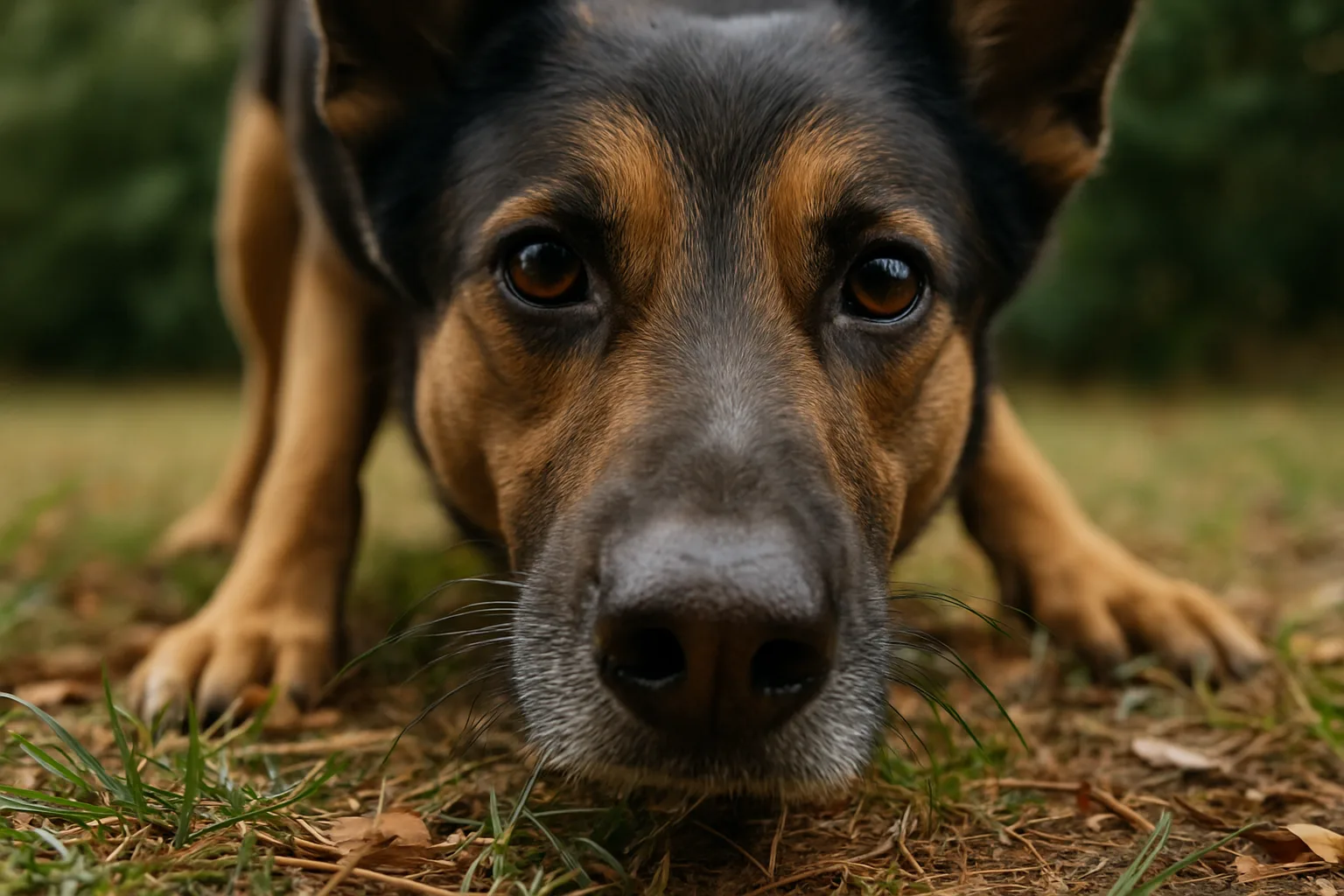Dogs are well-known for their exceptional sense of smell, but few people realize just how extraordinary it truly is. From detecting diseases to following scent trails over great distances, a dog’s nose is a powerful and sophisticated tool. In this article, we’ll dive deep into the fascinating world of canine olfaction and uncover some surprising facts that highlight why dogs are truly the masters of scent.
Dogs have up to 300 million olfactory receptors
One of the most astonishing aspects of a dog’s nose is the sheer number of olfactory receptors they possess. While humans have around 5 million scent receptors, dogs boast up to 300 million. This vast difference means that dogs can detect smells at concentrations nearly 100,000 times lower than humans can.
This extraordinary ability allows dogs to perceive layers of scents, distinguish between subtle odor variations, and even detect scents that have been diluted to almost nonexistent levels.
Dogs can smell in 3D
Unlike humans, dogs can smell in stereo. Each nostril operates independently, which allows them to determine the direction of a scent. By comparing the strength and timing of smells detected by each nostril, dogs can pinpoint the exact location of a scent source.
This three-dimensional sense of smell makes them exceptionally good at tracking, hunting, and search-and-rescue operations.
The Jacobsen’s organ enhances their smelling abilities
Dogs have an additional olfactory structure called the Jacobsen’s organ, or the vomeronasal organ. Located in the nasal cavity, this organ is specialized in detecting pheromones—chemical signals related to reproduction, social interaction, and emotional states.
The Jacobsen’s organ provides dogs with information beyond what humans could ever perceive, allowing them to sense the emotional state or reproductive status of other animals, and even humans.
Dogs can detect diseases like cancer and diabetes
Recent studies demonstrate that dogs can detect specific diseases through their incredible sense of smell. Cancers, such as lung, breast, and ovarian cancers, produce unique volatile organic compounds that dogs can identify with remarkable accuracy.
In addition, trained diabetic alert dogs can detect changes in a person’s blood sugar levels, often alerting their owners before symptoms become apparent. Some organizations even train dogs to identify infections, like COVID-19, by sniffing samples from patients.
Their brains are built for smelling
In a dog’s brain, the area dedicated to analyzing smells is about 40 times larger than in the human brain, relative to total brain size. This specialization means that dogs are hardwired to process complex scent information effortlessly.
A dog’s olfactory bulb, the part of the brain responsible for processing scent signals, is so powerful that it dominates their sensory perception. Where humans primarily interpret the world through sight, dogs perceive the world through smell.
Each dog has a unique “scent signature”
Just as every human has unique fingerprints, every dog has a unique scent signature. This individuality allows dogs to recognize each other and humans based on personal scent markers.
Dogs also use their powerful sense of smell to identify friends, family members, and even detect emotions such as stress, fear, or happiness, based on chemical changes in a person’s sweat and body odor.
Dogs can smell emotions
Research shows that dogs can detect human emotions through scent. When a person experiences fear or happiness, their body emits subtle chemical changes that dogs can pick up on.
This ability strengthens the emotional bond between dogs and their owners. It explains why dogs often provide comfort during stressful times and celebrate with you during happy moments without needing any visual cues.
Sniffing takes up a lot of brain power
When a dog sniffs, the air is separated into two distinct pathways: one for breathing and one specifically for smelling. This design allows dogs to continuously sample smells without interrupting their respiration.
Moreover, when sniffing, dogs can take in up to 300 breaths per minute. Their noses are specially designed to enhance airflow and maximize scent detection during intense sniffing sessions.
Dogs can track scents over vast distances
Some breeds, like Bloodhounds, are especially famous for their tracking abilities. A trained Bloodhound can follow a scent trail that is several days old and stretch for miles. They can even differentiate between overlapping trails, identifying the most recent scent path.
This skill has made them indispensable in search-and-rescue missions, criminal investigations, and even disaster relief efforts.
Certain breeds are better sniffers than others
While all dogs have an excellent sense of smell compared to humans, some breeds have a natural advantage. Breeds like Bloodhounds, Basset Hounds, Beagles, and German Shepherds are among the top performers in scent detection.
These breeds have physical traits, such as long ears and large, moist noses, that help capture and analyze more scent particles, giving them a unique edge in scent-related tasks.
Appreciating the power of a dog’s nose
The next time you watch your dog sniffing around the park or following a trail with excitement, remember that you are witnessing one of nature’s most remarkable biological systems at work. A dog’s nose is not just a tool for exploration—it’s a lifeline, a communication device, and a window into a world that humans can barely comprehend.
Understanding the incredible abilities of canine olfaction deepens our appreciation for these loyal companions. Dogs don’t just see the world—they smell it, and through their extraordinary noses, they experience life in a way that is profoundly richer than our own.

